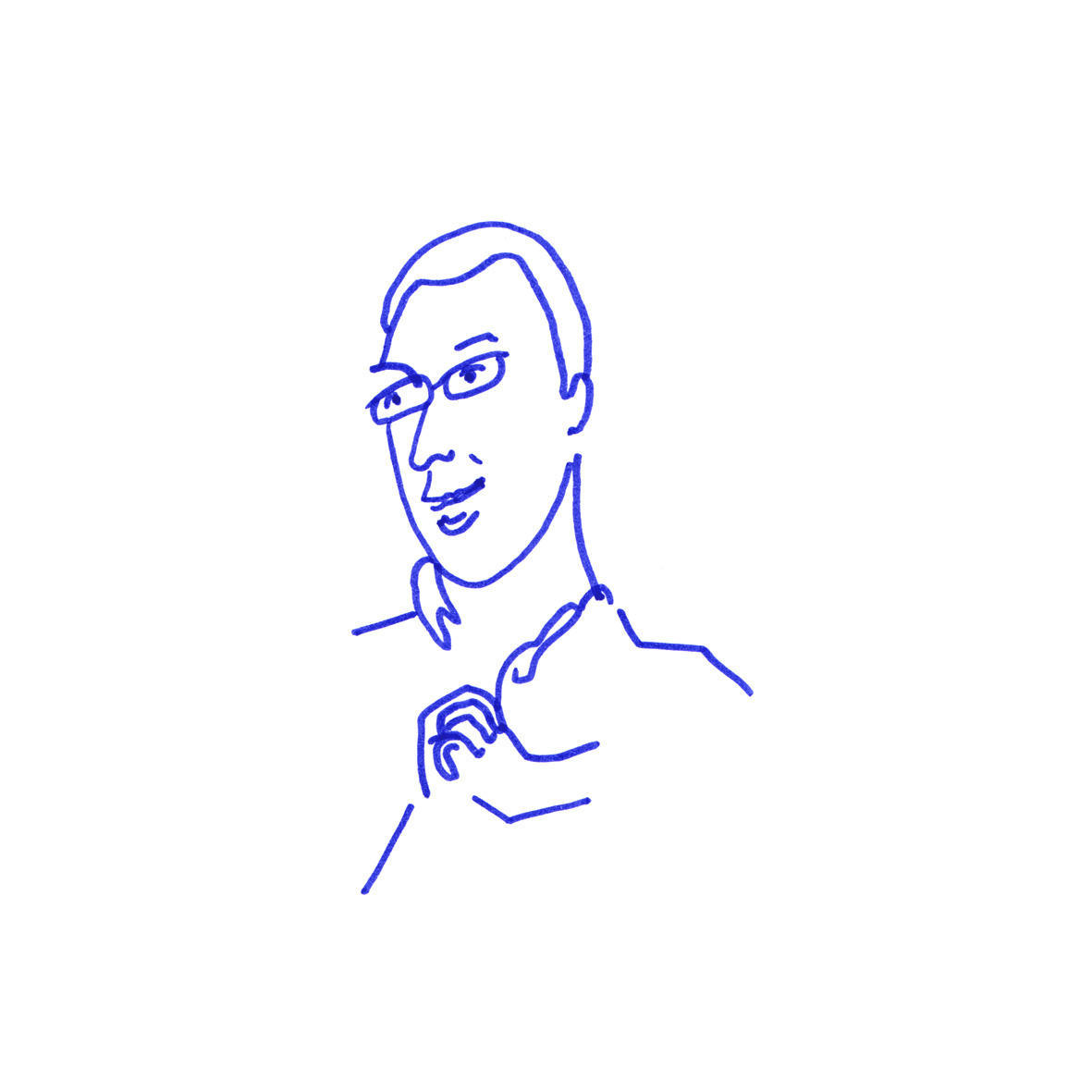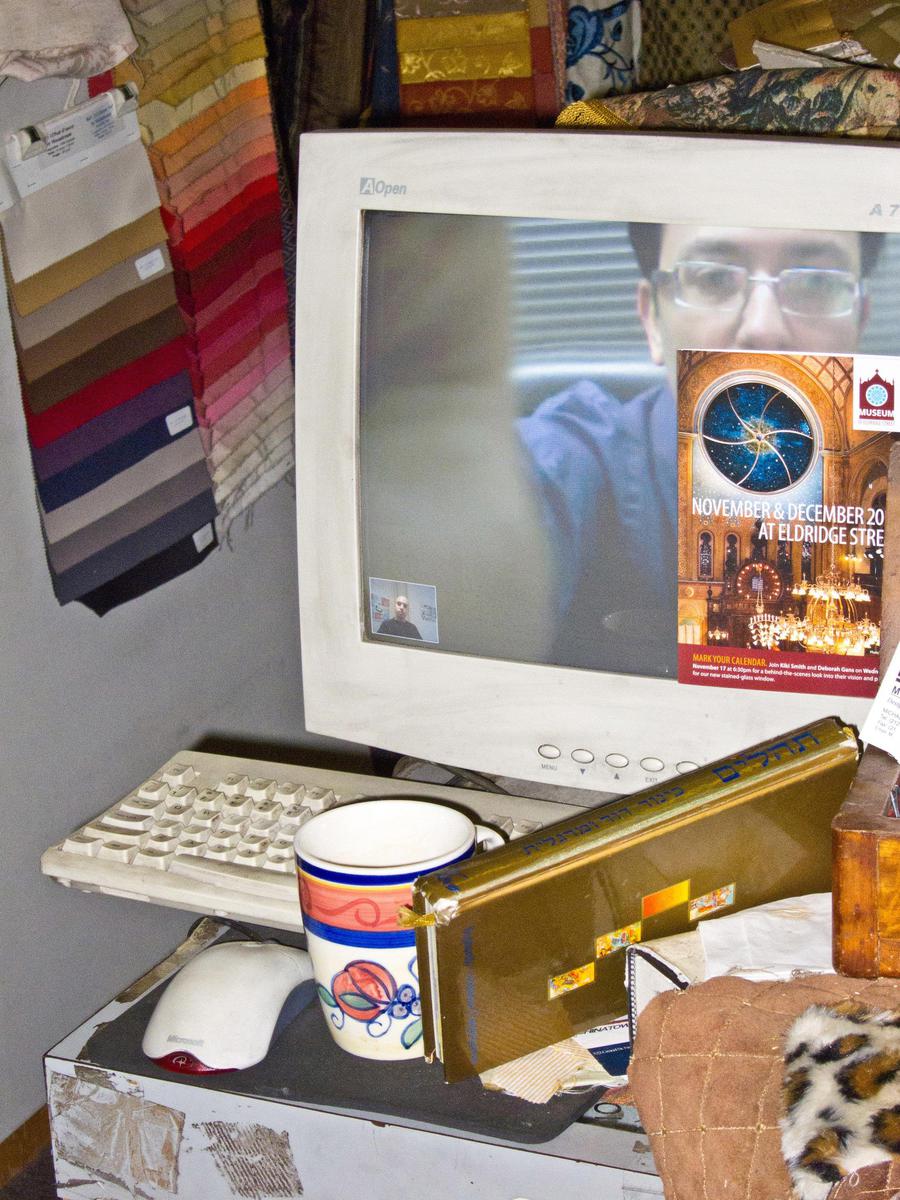
The Jahliyya, or “Age of Ignorance,” that predated the rise of Islam has all the necessary ingredients for a sweeping historical fantasy or epic role-playing game: desert sands, warring tribes, warrior-poets, and messianic stirrings. But while tales of the prophet and his companions or Saladin and his armies are often revived for modern audiences, the stories of the Sa’leeks — the poetry-reciting bandits of the Empty Quarter — have never received their due. The narrative resources of this period are as plentiful, as dark, and as potent as oil, but they have been neglected, not least because they sing the songs of the unenlightened.
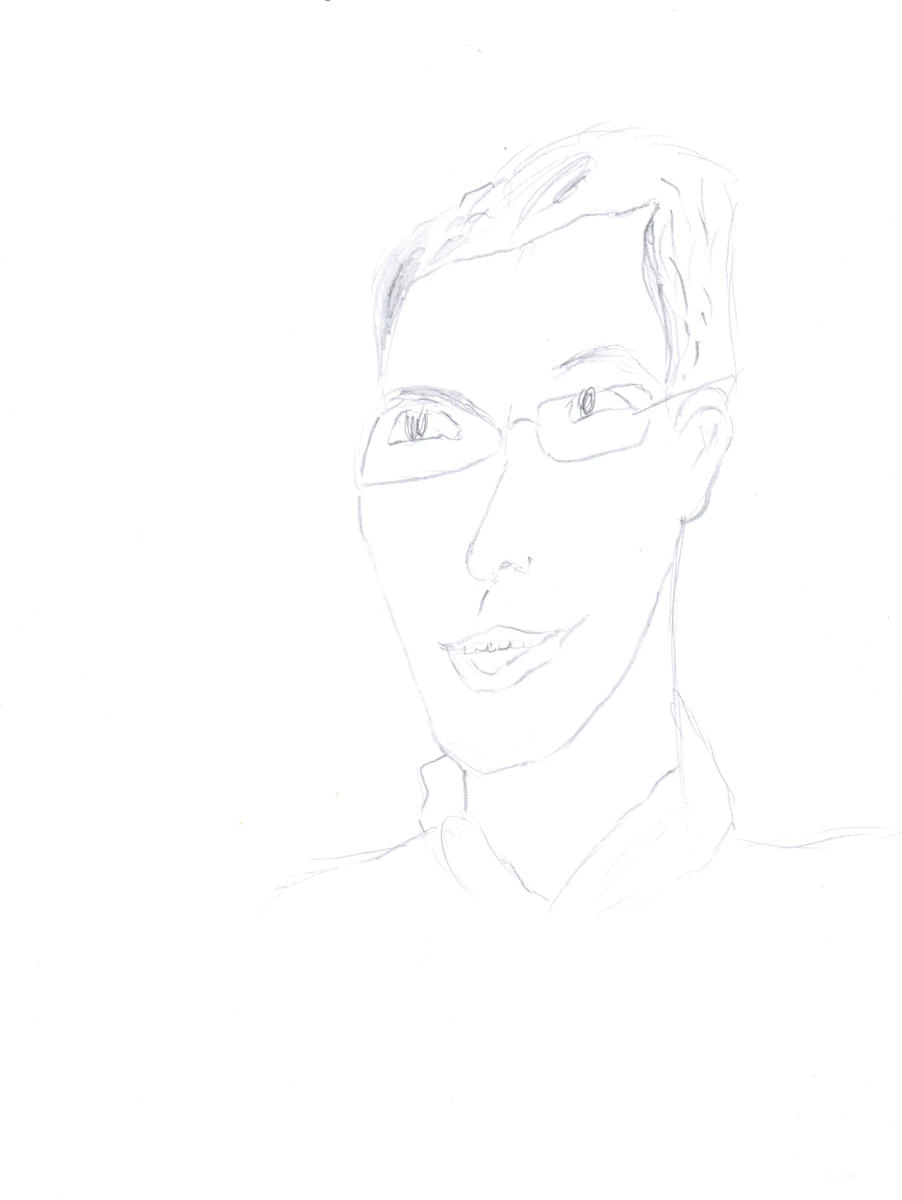
While Kasmiya’s most recent video game does not set out to re-create this lost world, as such, Quraish (2006) is a welcome — and not uncontroversial — attempt to set the story of the rise of Islam in its context. Quraish is a real-time strategy (RTS) game in the mold of Rome: Total War or Age of Empires. The player commands troops in a series of battles that re-create the early history of Islam, at times taking the perspective of those holdouts from the Jahliyya who fought against the prophet’s armies. The game is by no means perfect; players accustomed to North American production values will find fault with the graphics and the controls, and the game’s artificial intelligence can be a little too historically accurate. But Quraish is an innovative and distinctive take on the RTS genre, deploying the peculiar strengths of video games — the combination of fluid subjectivity and player agency — to tell a familiar story from unusual points of view.
Quraish is Kasmiya’s third commercial video game release. His first two games, Under Ash (2001) and Under Siege (2005), were set during the Intifadas. You might say these games are a cross between Call of Duty and Gone with the Wind: first-person shooters that reveal the human costs of conflict. Conceptually, the combination is jarring. Doom, the quintessential first-person shooter (FPS), introduced the world to the BFG, or Big Fucking Gun, a weapon that in name and purpose defies subtlety and defines the form. First-person shooters are about arsenals, health packs, and frag counts; adding sociopolitical commentary seems like an invitation to disaster, and commentary on the Israeli-Palestinian conflict generally leaves as much room for neutrality as the BFG.
Yet neutrality is precisely what Kasmiya aspires to. He styles himself as an independent in the world of video games, charting a path between the sort of overtly political games the Middle East is known for (like Hezbollah’s FPS, Special Force 2) and western blockbusters like Halo or Prince of Persia. And he is eloquent about his desire to make video games a vehicle for complex, immersive, ambiguous storytelling from, and for, the Arab world.
He is currently working with Pluto Games in Dubai, developing a narrative-driven massively multiplayer online game that he can barely stop himself from violating his non-disclosure agreement to tell me about.

Anand Balakrishnan: How did you first become interested in video games?
Radwan Kismaya: When I was a kid we had a Sinclair ZX Spectrum+ computer. Do you know that one? I created my first piece of software on it. The operating system was in English so I tried to make it write Arabic. And I started creating some graphics on them, inspired by the games of that time, starting with Pac-Man. I mean, I’m thirty-seven years old now, and I’ve been playing video games for most of my life. But that’s how it started.
AB: This was in Damascus, right? Did a lot of your friends have computers?
RK: Yeah, it was pretty common in middle-class families. Most people had this Japanese console system called MSX — in Arabic they called it Sacer. My friends were mostly playing arcade games on the Sacer or Nintendo consoles. I preferred to write stuff on the Sinclair — the programming language was BASIC back then. It started out as a hobby.
AB: What was the first game that you made?
RK: It was a pretty simple arcade-style game — you know River Raid? Two-dimensional, you move your plane to the left or to the right and you shoot rockets and machine guns. That was my first game, War ’73.
AB: War ’73?
RK: Yes. Actually I still have the code for it, but it won’t work on any PC these days. [Laughs] It was written for very old processors.
AB: Was there a story behind the game? I imagine there wasn’t so much of a narrative, if it was just a shooting game.
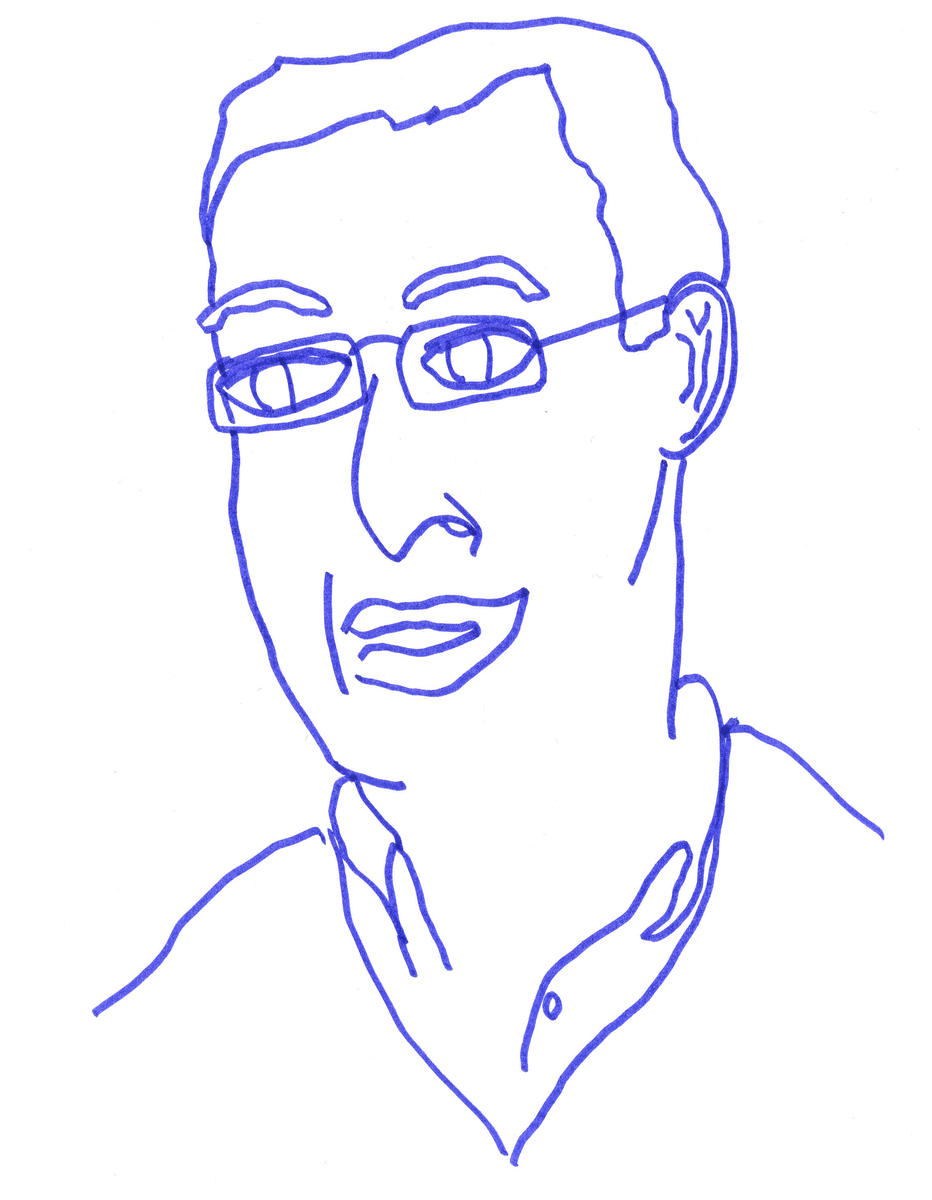
RK: Actually, it was about the Arab-Israeli conflict! ’73 was the Yom Kippur War — that was the plot of the game, you fly your jet plane to attack some military installations in the occupied lands. But it’s true, it was a very shallow story. I mean, it was based on River Raid, you know?
AB: And then you made Under Ash?
RK: That was much later. I’d started working for various companies, as a subcontractor mostly, just to make money while I was at university. This was in the nineties, when everyone was excited about multimedia CDs. That was the hip thing, you know? Everyone was trying to take their books and turn them into interactive, multimedia CDs.
AB: I remember. Lots of very slow video clips.
RK: So I would do small projects with different publishers. I was trying to find a publisher who’d be crazy enough to give me enough money to create this totally unknown thing. And I was doing a lot of work with a group called Dar al-Fikr, and I was always talking about this game I wanted to make, and finally they said, Okay, let’s do it. They may not have understood the difference between a multimedia CD and a video game, actually, but I got the go-ahead. That’s how Under Ash was born. I started working on it in 1999, and it hit the market in 2001.
AB: So it was actually published by a book publisher, then.
RK: That’s right. You have to understand, this was a completely new market. There weren’t any stores where you could buy computer software — games were all pirated and sold under the table, and none of those games were made in the region, anyway. But we had bookstores, and book publishers, who were making good money producing their own multimedia titles.
AB: What sorts of titles?
RK: For Fikr I had created a multimedia encyclopedia based on their print books. Mostly they were traditional books — those are the best-selling products in Middle East, unfortunately. So a book publisher was my only hope. And actually, I think that turned out for the best.
AB: How was the game distributed?
RK: There were these book fairs all over the region — like every month there would be two or three of them — and they sold the game at the fairs. There would be these piles of books, and then there in the middle they’d be previewing the game. People got really interested, because suddenly there was this new thing. And then businessmen started buying them in quantities to sell in their bookstores, in the chains. This is how the market was created.
AB: And how did people respond when you spoke to them about what you were doing?
RK: Man, I can still remember the glow of the eyes. I think that’s one of the things that keeps me going in this business. Of course money is important, but appreciation is much more important. And the most important thing is when you create things that ordinary people can understand. You’re creating pop culture, and people feel that your game is making a difference in their lives, and they’re asking for more. That’s so important.
AB: Were these… teenage boys? Coming up to talk to you?
RK: Families. Teenagers are the majority of the audience, of course, but the Middle East is a very family-oriented society, you know. Kids don’t have the same degree of freedom to just do whatever they want as they do in the West. I mean, that’s changing, in fact, but this was almost ten years ago. In any case, the game was appreciated by the whole family. It was sort of a big deal, actually — it was the sort of game a teenager could share with his parents. It’s not about killing monsters or killing Arabs, it’s about our history.
AB: It sounds like most of the audience was people who were already playing video games, then?
RK: You know, I’m sure that most household PCs are used for gaming. But I think that these book-fair attendees were the core of people who bought the game and spread it —you’d turn on your TV and you’d hear a question about the game on the quiz channel!
AB: Really?
RK: Yeah, it was a phenomenon.
AB: Did you find that the game did better in one part of the Middle East than another?
RK: It was all the same. The difference was between the rich countries and the poor countries. We used to offer a demo level for the game on our website. And the download was huge — like, 25 MB or something, people were downloading it through dial-up modems. This was before download accelerators. And, you know, if the download was interrupted you had to start all over again. It was not easy to do. But so, poor people were downloading it and the rich people were buying it. In either case, it got around.
AB: Do you have any idea how many people downloaded it?
RK: Yes, more than a million.
AB: Wow!

RK: It was more than a million when we stopped offering the download. It turned out that people were selling the demo as if it was the full game — in Egypt in particular.
AB: Let’s talk a little about the game itself. The focus of Under Ash is the Palestinian conflict?
RK: Yes, the first Intifada. Under Ash was about an ordinary teenager who finds himself under fire. I always start like this, with an ordinary person in un-ordinary circumstances. And it was not an ordinary first-person shooter. There’s no way to regenerate your health — and if you shoot a civilian, on either side, you lose some of your health. There’s very limited ammunition. And all of the levels were based on real characters, real events. Every level begins and ends with a synopsis of the event, including documents and some press, some footage, from that time.
AB: Sort of a… multimedia video game.
RK: Yes — some people called it a docugame. It’s based on real historical events. The key thing is that the player can’t just do anything he wants. His choices are limited. This is actually always the case with video games, of course, but most of them try to pretend otherwise. In my game it’s part of the point. You do not have the freedom to do whatever you want, and that affects the outcome of the game. I didn’t want to create a game that just copycatted commercial games but, you know, reversed the enemies. I wanted to create a deeper, more personal experience.
AB: Sure. Same with the sequel?
RK: Yes, Under Ash 2, also called Under Siege. That was about the second Intifada. Hopefully that game was even more measured. In Under Siege you play five characters from the same family. There’s a thirteen-year-old, there’s a thirty-four-year old civilian who’s a coward, actually. And there’s a female character. A Muslim heroine! That was something new. And they were very moving stories, much more emotionally powerful than the stories in the first game. By the end of the game, four of the five characters are dead. It’s heavy stuff. I’m not trying to create a fantasy game about the conflict, you know. I can’t say, if you fight this battle really well, you’ll win, because the outcome is already decided: it’s in the history books. But I can try to get players to learn the details. I didn’t want to create political propaganda, either — I wanted to demonstrate the humanity behind these historical events. I was mainly concentrating on Palestinian society, the majority of people, who have no voice. The voices you hear on the news are always about politics, always Hamas or Fatah or this bullshit — sorry. The point is that nobody is listening to the society, which is suffering from both the occupation and the political parties.
AB: Have you heard from any Palestinian players?
RK: Yes, of course.
AB: What has the reaction been like?
RK: Very positive. On one occasion I got a phone call in the middle of the night. It was a woman, she was crying — I was sleeping and my phone rang, and there was the sound of this crying lady on the other side. I was afraid it was someone calling to tell me about a death in the family or something. But it turns out she was a lady from Palestine, and her son was playing the game in the living room and she was in the kitchen, listening to the narrative in the game. Her son had almost finished the game — he was on the final level, the old man’s story, and she was so moved because it reminded her of her father. I have no idea how she got my number. And you know, you can’t call directly to Syria from the Occupied Territories, so she had called Cyprus until she could get a line to call me in Damascus. I have to say, that really shook me — to have reached someone so far away, so intimately.
AB: It’s interesting — when I hear you describe your motivations and your process, as well as the kind of reactions you get… you sound more like a writer or novelist than you do a game designer, in a way.
RK: Uhm.
AB: You can add a question mark to that.
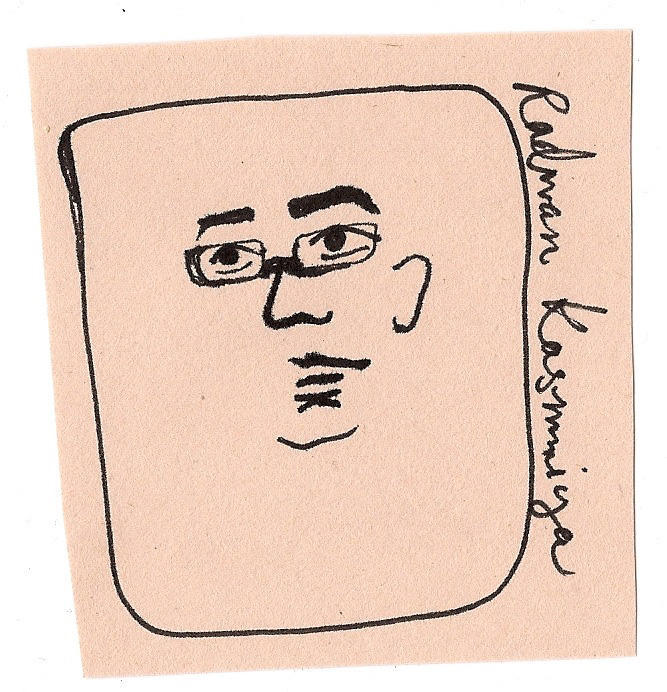
RK: Okay. I mean, when I create a game I like to be involved in every step of the process. And video games really are a new kind of media, a new tool with which to tell a story. And, you know, I’ll use whatever tool is available. Right now, for example, I’m working on an online game. Very different. But the tool doesn’t matter, it’s all about the art and the concept.
AB: What’s the online game?
RK: Actually, it’s still in process. I’m… I’m not allowed to say anything about it right now. But hopefully, hopefully, hopefully, it’s gonna be something. It’s really gonna be something, hopefully. I can’t wait to tell you about it.
AB: Not to talk specifics, but do you as an author or director have less control over an online game? In a single-player game you have total control over what happens, when. Again, speaking only in generalities, do you find that to be different?
RK: I think that this is from your perspective from knowing about today’s online games. But things are going to be different with our game, and I… can’t wait to tell you more, but I can’t. I mean, it’s an online game, and people are going to compete against each other. But we have, I’d say, muted but effective control. There is a narrative part of the game that every player has to go through. We’re working on this right now.
AB: I also wanted to ask you about Quraish, your Age of Empires game.
RK: [Laughs] Yes, actually, I was motivated by the Age of Empires sequels: Age of Kings, Age of Mythology. I started working on it about the same time as Under Siege, just with a different developer. You know, the original Age of Empires was the game that really made me want to create games. When it came out the market was all arcade games and adventure games and shooting games. I’ve never just wanted to make shooting games, you know? I’ve always wanted to create games that tell a story — and to tell stories or address topics that are thought to be untouchable.
And Quraish does this, in a way. The game is about the history of Islam, which is one of those red lines you can’t touch. I had to beg the producers to allow me to make the game the way I wanted to it. Religion is a very sensitive subject in the Middle East, and it’s very easy to alienate your audience. Among other things I had to feature some characters that are forbidden to be characterized in any media, you know? But it was a success, thankfully.
AB: So how did you navigate that — representing what you were not allowed to show?
RK: Actually, I had to do many versions. I had to make a lot of changes for some countries, especially in the Gulf. In Syria, Lebanon, it’s a more secular community. In the Gulf they are very sensitive, very selective. They want to be sure nothing is wrong with your game. It took a lot of time. I had to remove some levels and some campaigns to get approval.
AB: Can you give me an example?
RK: Yes. Well, I had this level in the game where the player has to choose whether to be Muslim or not. They gave me such a headache for this. They did not want you to have that choice. I mean, this is why I created Quraish — I wanted the player to play alongside the history, to understand it. He can’t change the outcome, but he will understand the kind of resources people had then, the market, the religion, the tribal mentality. And at that time not everyone was Muslim already — that’s the whole point. But some countries didn’t like that, unfortunately. They are living in stone ages. So I did what I had to do to make them happy.
AB: It seems that lately there are more and more games being produced in the region that have overt political messages. There’s the Hezbollah shooter, there seem to be a lot of games coming out of Iran — I just read about a game based on the Israeli Defense Force storming the Mavi Marmara. I think there’s a ministry in Iran devoted to producing video games?
RK: Yes.
AB: So have you played any of those games?
RK: Of course. I’m an avid video-game player, I pretty much play everything. That’s my job, actually. It’s fun — you play games and earn money. But the games you’re talking about are all propaganda. Hezbollah pays these developers to produce this game about their operations, their heroes. And of course on the other side you have that game America’s Army, which is produced by the US armed forces and financed by the Pentagon. Whereas, you know, I’m not trying to recruit anyone. At the end of my games, you will not win, you will not free the Occupied Territories. The other thing is that my games are commercial. My games have to sell if I’m going to be able to make the next one. Whereas with the US Army or Hezbollah, they’re not expecting anything in return, cash-wise.
AB: What is the community of video-game developers like in the Middle East? For example — do you know the guys who worked on the Hezbollah game? Do you share tips or code or ideas or whatever, or is it two completely different worlds?
RK: No, they are completely different worlds. I don’t want to know those guys, even, because I don’t want to be counted by anybody or any party. I’m trying to be independent. I’m proud to be independent — I think it’s a positive thing. I’m trying to stay neutral, at least as far as my audience is concerned. I mean, I’m sure that I don’t appear to be neutral to the western audience. I accept that. They’ve been getting one side of the story for the last thirty years, so I’m not going to change anyone’s mind. But I try to be balanced. I’m making games from an artistic point of view, from a social point of view. Definitely not from a political point of view.
